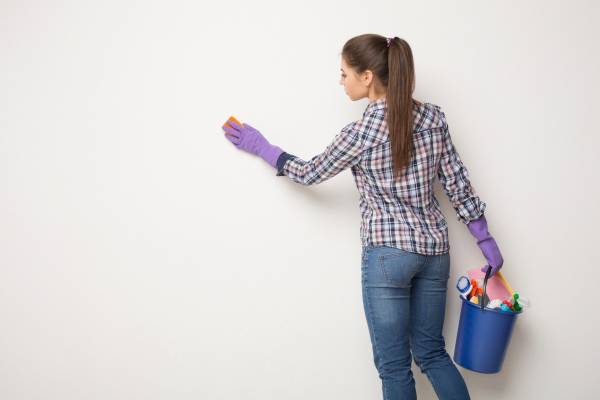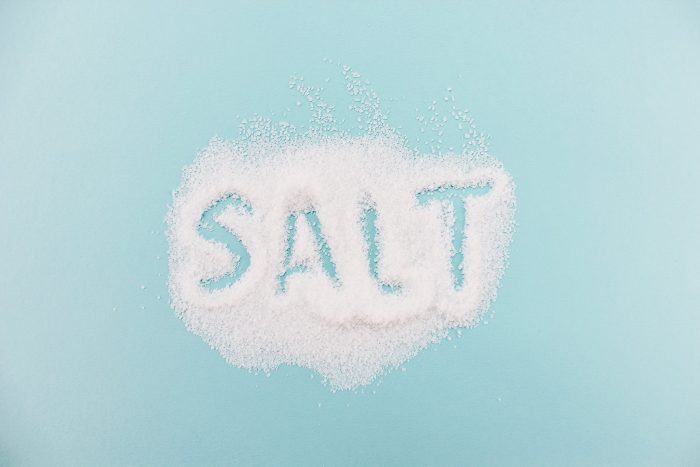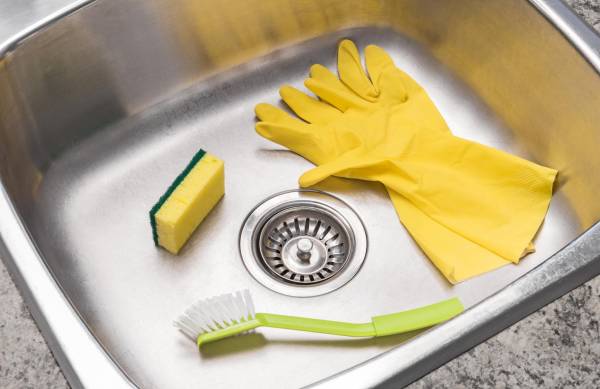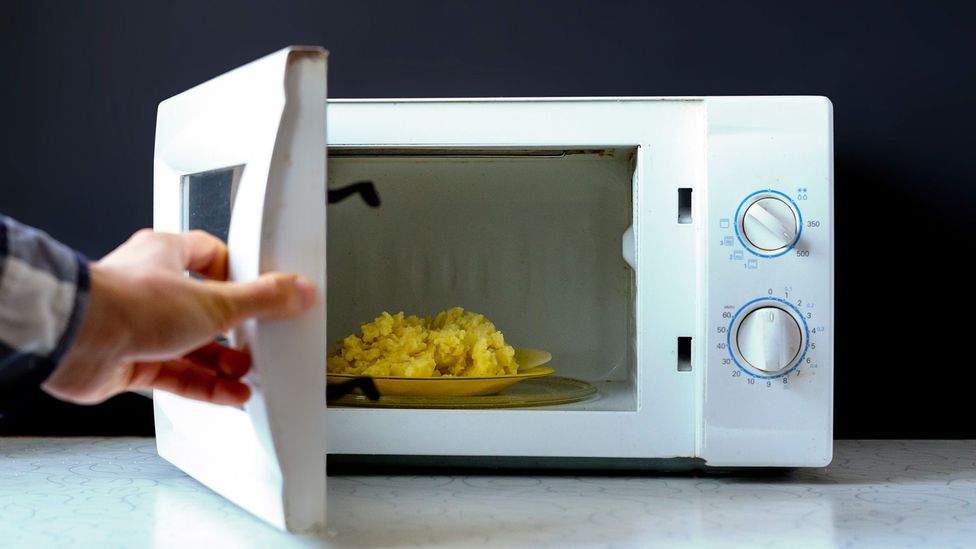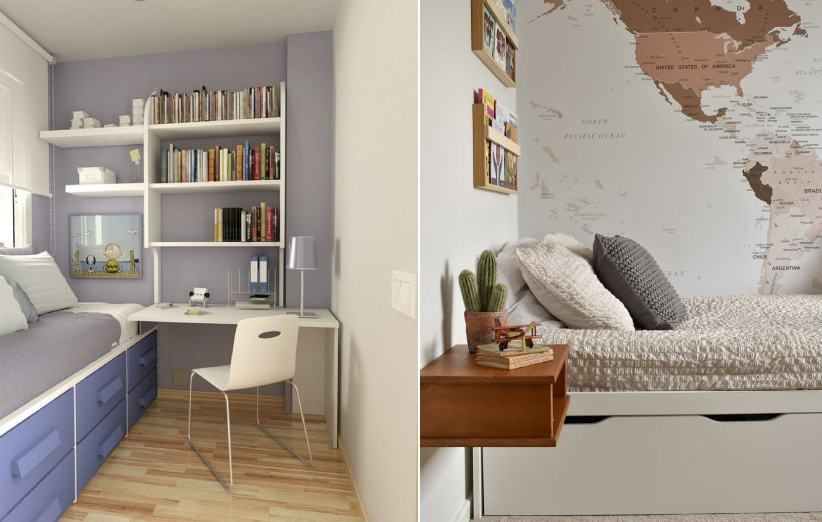Remove moisture the walls of the house without destroying it with simple methods
The moisture of walls or Humidity is a real problem for many families, especially in homes located in humid areas; like outdoors, indoor Nir has the same humidity percentage of more than 60% and 70%, which is so high that it can cause problems Slowly.
There is nothing more frustrating than having wet spots that can ruin your walls and cause health problems around you but do not always need to be demolished.
Aside from people leaving here with evil thoughts and health problems, those who experience the most suffering are people with allergies and respiratory diseases. That is why it is essential to get rid of moisture quickly. In the following text, you can follow some of the tips we have gathered to help you.

Ventilation
This is the essential advice you should always have proper ventilation in your home, especially in areas that may be damp. Try to keep the windows open as much as possible; if this is not enough, you can use the fan to keep the house fresh. On the other hand, air conditioning can help keep certain house areas free of moisture. And even if there is hardly any air in nature, however, do not use it too much. You should have enough water to prevent disease and a dry nose in the air.
Identify sources of moisture.
If you find an area full of moisture in your home, you should try to find the source; if there are broken or leaking pipes in invisible areas, with stains that gradually grow on the walls, Give their reflection. Remember that if you do not correct these leaks immediately, the situation can worsen and even cause flooding. Rest assured that you will not allow this to happen.
Use a dehumidifier
This device is suitable for rainy or cold areas. Humidity is easily created and grows in these areas because there is less chance of directing and circulating air in houses. Therefore, if you want to get rid of moisture in the home, you can easily use this device to absorb and drain water. Do not worry about your electricity bill, because they consume electricity like an air conditioner and are available in different sizes and capacities.

How to remove the moisture of walls with salt
All you need is a shallow dish and a kilo of salt. Pour the salt into the container, and you will see that it absorbs moisture in a few days. Salt has a very high absorption capacity. In addition to removing water at home, you can also remove stains on clothes. When you notice that the salt is too wet or black, it is time to change it.
New tricks to prevent moisture
Tricks and other methods to prevent moisture and prevent reaching the stage of dehumidification. In addition to the above recommendations, preventing the entry or formation of water in your home is also very important. Just follow these simple tips:

Turn on the hood and fan while cooking.
Never increase your heater and heating device temperature above 20 degrees Celsius because it helps create moisture in the walls and other areas.
Hang your clothes outside to dry. If you spread them out inside, moisture will spread throughout the house.
Do not leave too many plants in one area. It can also cause moisture, precisely where the steam comes from.
Finally, you should check out things like natural light and air in your home.
It would help to place windows and doors in areas that allow sunlight to reach them.
You should also arrange your furniture so that the air circulates efficiently in your home.
These tips can rid even a piece of cake of moisture. Doing these tips can significantly impact your health and your bank account. Based on this, you keep the cost of painting and building the house in your pocket.
A simple suggestion to reduce and remove moisture from the walls of the house:
Suppose you are not interested in having a fan or ventilation system. In that case, you can keep a window open for a few minutes to let in dry air, especially in bathrooms that are in excess moisture for more extended periods.
Mathematically, only between four and six water measures are enough to increase the level of indoor humidity to an area of 1000 square feet from 15% to 60%.
The number of people indoors can also affect the humidity. A person breathing for about an hour can produce a cup of water.
Ensure the fan air in the kitchen, bathroom, and laundry room is blowing out.
Installing fans and wind deflectors in the attic can also be helpful.
Increase the ambient temperature because hot air can carry and retain more moisture (if the temperature rises, the relative humidity will also decrease).
Use fans for ventilation.
Take a colder, shorter bath. Use a smaller or lower pressure shower and do not open the faucet completely. (I have found that bathing with less water pressure is better)
Paying attention to indoor and outdoor temperatures can also reduce concerns about indoor humidity. What is the current temperature inside and outside the environment?
Have you kept your home much more relaxed than the recommended temperature forever? If yes, minor humidity settings are easily adjustable.
While cooking, try to cover the food and use the fan to the fullest. Gas and desktop stoves generate more moisture. Iron stoves help to humidify the interior less. Slow cookers have less interference with the humidity level inside the house.

Prevention of dampness and humidity of the building and moisture of walls
Keep clothes dryers outdoors:
If there is a dehumidifier in the house, turn it off a bit or lower it. Most devices that produce moisture or steamers today have a degree or button to adjust the amount of steam or water required by the air.
Ventilation ducts and droplets must be kept clean and unobstructed.
Temporarily place plants and pots outdoors or keep them in a separate room.
Plants provide moisture to the air. Especially when there are many plants, their role in the house’s humidity level is significant. Also, make sure that you do not overwater them.
Freshly cut firewood contains large amounts of water that evaporates when stored indoors. It is better to keep it outside the house.
Keep waterfalls and streams clean Reduce waterfall settings to keep water away from your home.
It is necessary to limit the irrigation of plants. Avoid watering ponds and pools around the base of the house.
Related searches:
how to remove moisture from walls
how to remove water from brick walls
how to remove water from concrete walls
how to remove water from room
how to dry out damp walls fast
my walls are wet on the inside of the house
will dehumidifier dry out damp walls
moisture on walls in bedroom
signs of water in walls
Also Read:
Treatment of nail psoriasis with herbal medicine
Cause of heart attack and methods to prevent heart attack
What are the main symptoms of arthritis?

